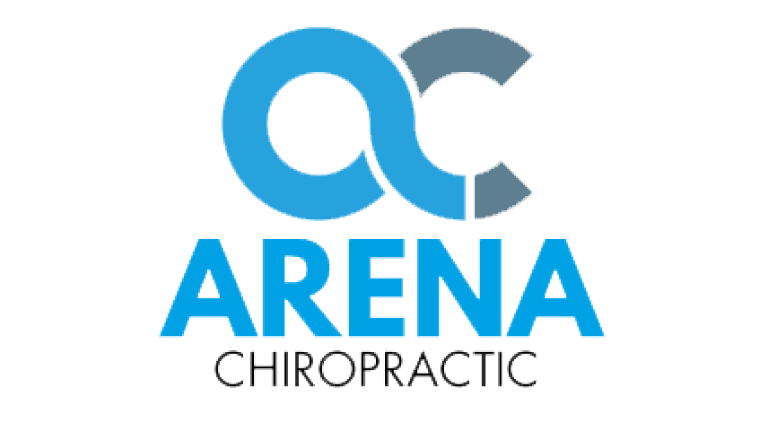Climbing a hill is a useful metaphor for activities involved in accomplishing a major goal, overcoming longstanding obstacles, or achieving a noteworthy milestone. But you must be prepared to engage in such a climb. Striking out without a metaphorical map, compass, bottle of water, or raingear will consistently result in limited success or actual failure. From a health and fitness perspective, climbing a hill may represent a real, concrete process. When you’re out on your daily walk or run, unless you live and train entirely at sea level you’re going to encounter changes in elevation. If you live in mountainous regions such as Southern California or along the Appalachian Trail, such variations in terrain require greater levels of aerobic capacity. Unless you want to spend your exercise time huffing and puffing, climbing a hill in the literal sense necessitates a high level of cardiovascular fitness.
Cardiovascular fitness may also be termed cardiorespiratory fitness.1 Such fitness refers to heart and lung capacity. With increased cardiorespiratory fitness, your heart’s stroke volume increases. In other words, your heart pumps more blood with each beat than it did prior to attaining such fitness. More blood pumped per beat means your heart works less to achieve the same result. Your heart becomes more efficient, your blood pressure goes down, and your cells and tissues receive more nutrition more quickly.2,3 Similarly, with increased cardiorespiratory fitness your lungs take in more air with each breath. Such increased lung capacity means more oxygen is available to cells and tissues more quickly. Your entire cardiorespiratory system becomes more efficient. You’re expending less metabolic energy and obtaining greater metabolic returns. Cardiorespiratory fitness substantially improves your overall health.
Attaining the goal of cardiovascular (cardiorespiratory) fitness involves the same type of thoroughness as that involved in achieving family and business-related goals. You plan your work and then work your plan. Interval training is a proven method of enhancing cardiovascular fitness, a method that is both mentally and physically challenging. Accomplishing your interval training goals also provides a great deal of fun and personal satisfaction.
Interval training involves alternating intense and slow periods of activity. Let’s say you run three days a week, you average approximately 12 minutes per mile, and you run 3 miles per day. Now you’ll substitute one interval training day per week for one of your regular running days. On your interval training day, you’ll begin by lightly jogging 1 mile. Then you’ll run 1/4 mile at 2:45, that is, slightly faster than your regular 3-minute per 1/4 mile pace. You’ll continue with 1/4 mile at a very light recovery pace. Next, you’ll repeat the sequence of fast (2:45) 1/4 mile followed by the slow recovery 1/4 mile. Repeat the sequence once more, add 1/2 mile of lightly jogging cool-down, and you’ve run your daily 3-mile quotient. Going forward, you may infinitely vary your interval training sequences, running 1/2 mile, 3/4 mile, and 1 mile interval distances at slightly faster than your race pace. You’ll get faster gradually as your cardiovascular fitness and aerobic capacity increase. Within 6 months of engaging in consistent interval training, climbing hills may seem no more difficult than running on flat ground. Not only will you have become much more fit, you will have made tremendous gains in overall health and well being.
1Lavie CJ, et al: Exercise and the Cardiovascular System: Clinical Science and Cardiovascular Outcomes. Circ Res 117(2):207-219, 2015
2Myers J, et al: Physical activity and cardiorespiratory fitness as major markers of cardiovascular risk: their independent and interwoven importance to health status. Prog Cardiovasc Dis 57(4):306-314, 2015
3Nayor M, Vasan RS: Preventing heart failure: the role of physical activity. Curr Opin Cardiol 2015 Jul 3. [Epub ahead of print]





